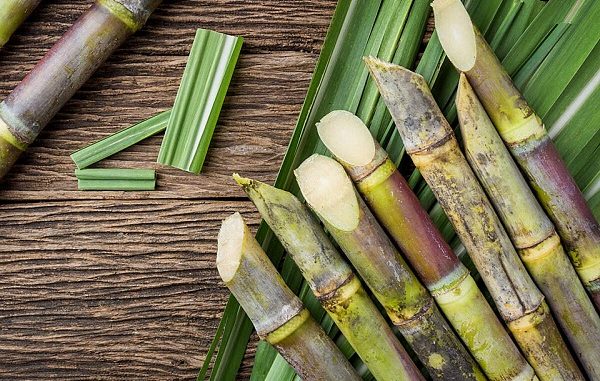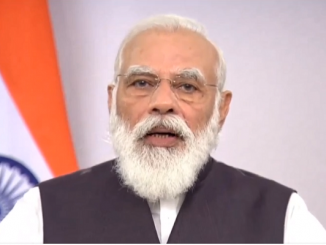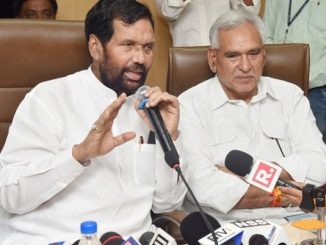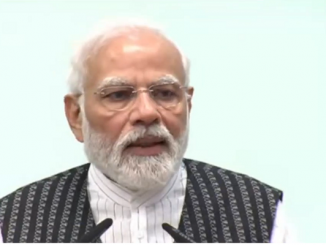
Oct 29: The Cabinet Committee on Economic Affairs chaired by the Prime Minister Shri Narendra Modi has approved the following, including fixing higher ethanol price derived from different sugarcane-based raw materials under the Ethanol Blended Petrol (EBP) Programme for the forthcoming sugar season 2020-21 during Ethanol Supply Year (ESY) 2020-21 from 1st December 2020 to 30th November 2021:
(i) The price of ethanol from C heavy molasses route be increased from Rs.43.75 per lit to Rs.45.69 per litre,
(ii) The price of ethanol from B heavy molasses route be increased from Rs.54.27 per lit to Rs.57.61 per litre,
(iii) The price of ethanol from sugarcane juice / sugar / sugar syrup route be increased from Rs.59.48 per lit to Rs.62.65 per litre,
(iv) Additionally, GST and transportation charges will also be payable. OMCs have been advised to fix realistic transportation charges so that long distance transportation of ethanol is not disincentivised,
(v) In order to offer fair opportunity to the localized industry within the State and reduce crisscross movement of ethanol, Oil Marketing Companies(OMCs) shall decide the criteria for priority of ethanol from various sources taking in account various factors like cost of transportation, availability, etc. This priority will limit to the excisable boundaries of the State / UT for production in that State / UT. Same order of preference will be given thereafter for import of ethanol from other States wherever required.
All distilleries will be able to take benefit of the scheme and large number of them are expected to supply ethanol for the EBP programme. Remunerative price to ethanol suppliers will help in reduction of cane farmer’s arrears, in the process contributing to minimizing difficulty of sugarcane farmers.
Government has been implementing Ethanol Blended Petrol (EBP) Programme wherein OMCs sell petrol blended with ethanol up to 10%. This programme has been extended to whole of India except Union Territories of Andaman Nicobar and Lakshadweep islands with effect from 01st April, 2019 to promote the use of alternative and environment friendly fuels. This intervention also seeks to reduce import dependence for energy requirements and give boost to agriculture sector.
Government has notified administered price of ethanol since 2014. For the first time during 2018, differential price of ethanol based on raw material utilized for ethanol production was announced by the Government. These decisions have significantly improved the supply of ethanol thereby ethanol procurement by Public Sector OMCs has increased from 38 crore litre in Ethanol Supply Year (ESY) 2013-14 to contracted over 195 crore litre in ESY 2019-20.
With a view to provide long term perspective to the stake holders, MoP&NG has published “Ethanol Procurement Policy on a long term basis under EBP Programme”. In line with this, OMCs have already completed the one time registration of ethanol suppliers. OMCs have further reduced the Security Deposit amount from 5% to 1% extending a benefit of around Rs. 400 Cr. to ethanol suppliers. OMCs have also reduced the applicable penalty on non-supplied quantity from earlier 5% to 1% extending a benefit of around Rs.35 Cr. to suppliers. All these would facilitate ease of doing business and achieve the objectives of Atmanirbhar Bharat initiatives.
Consistent surplus of sugar production is depressing sugar price. Consequently, sugarcane farmer’s dues have increased due to lower capability of sugar industry to pay the farmers. Government has taken many decisions for reduction of cane farmer’s dues.
With a view to limit sugar production in the Country and to increase domestic production of ethanol, Government has taken multiple steps including, allowing diversion of B heavy molasses, sugarcane juice, sugar and sugar syrup for ethanol production. As the Fair and Remunerative Price (FRP) of sugarcane and ex-mill price of sugar have undergone changes, there is a need to revise the ex-mill price of ethanol derived from different sugarcane based raw materials.
Disclaimer: We donot claim that the images used as part of the news published are always owned by us. From time to time, we use images sourced as part of news or any related images or representations. Kindly take a look at our image usage policy on how we select the image that are used as part of the news.


